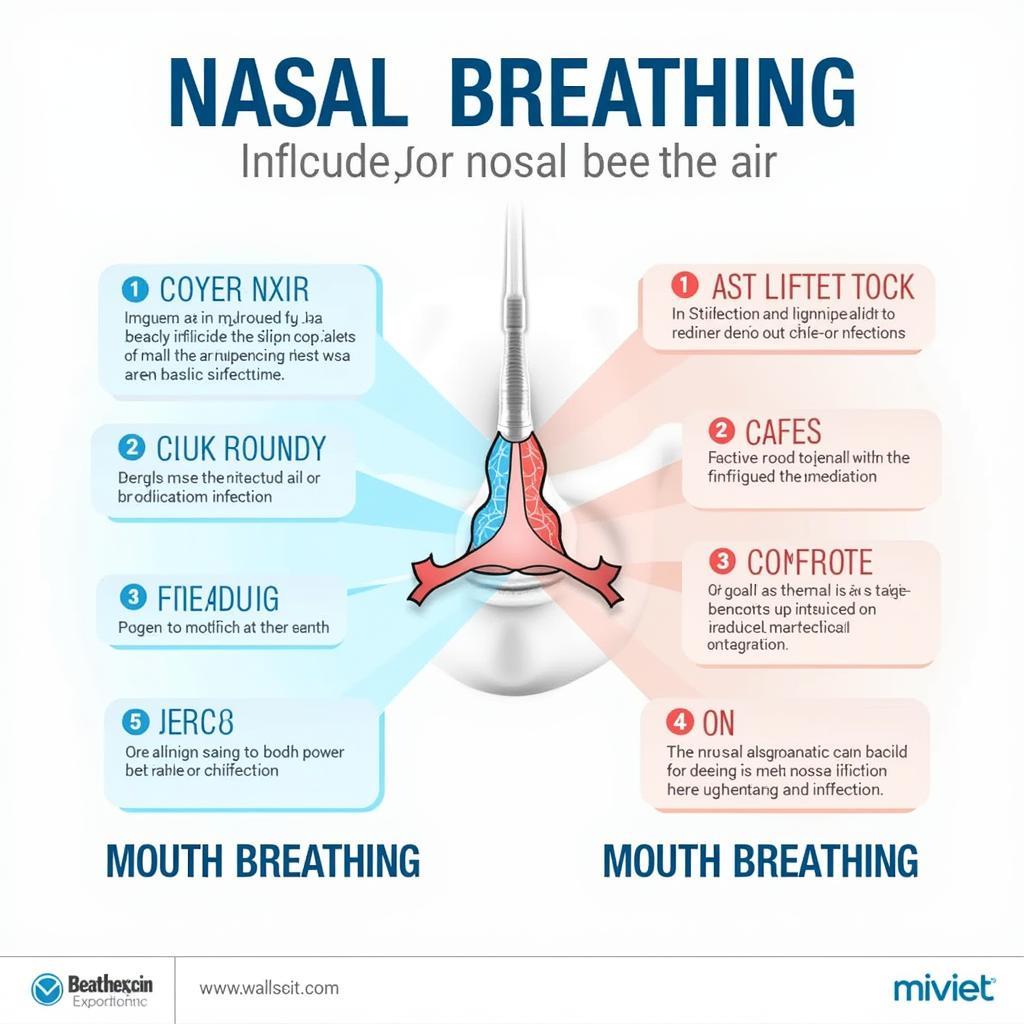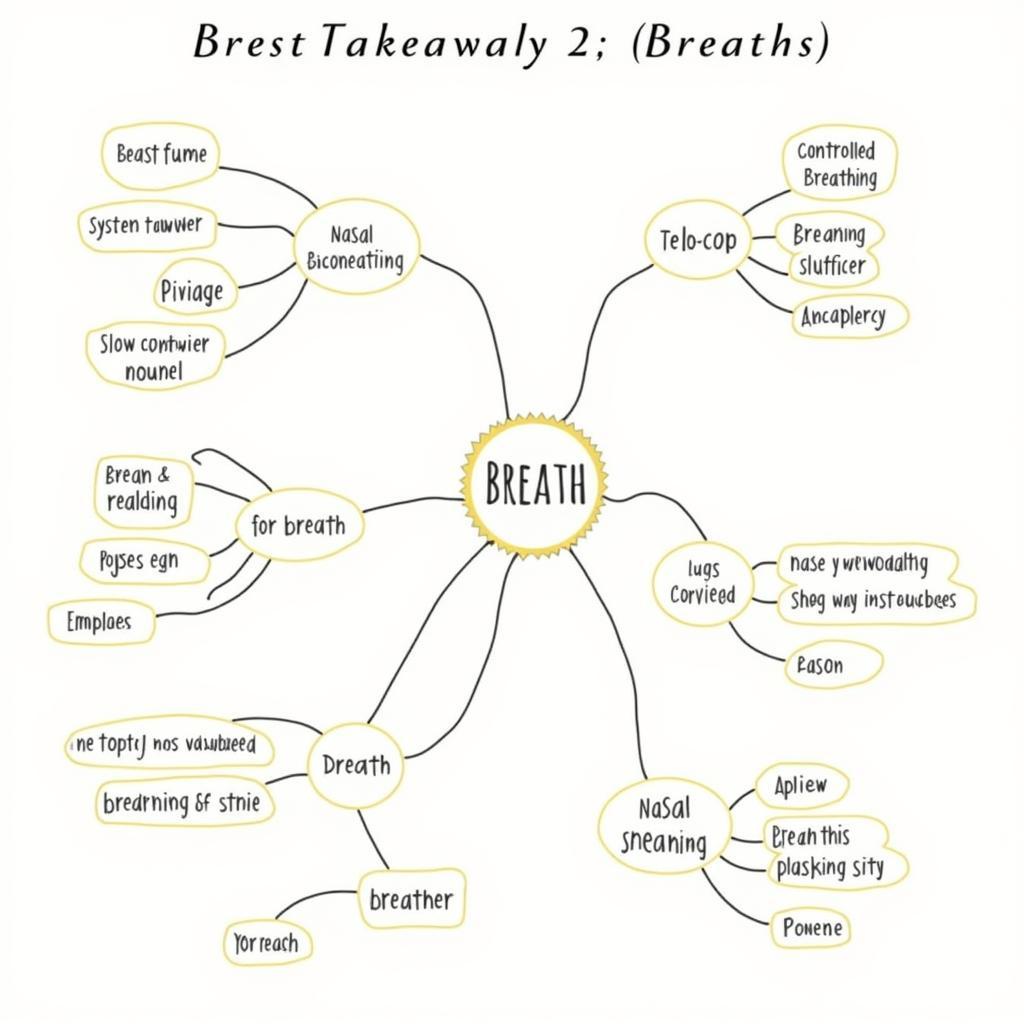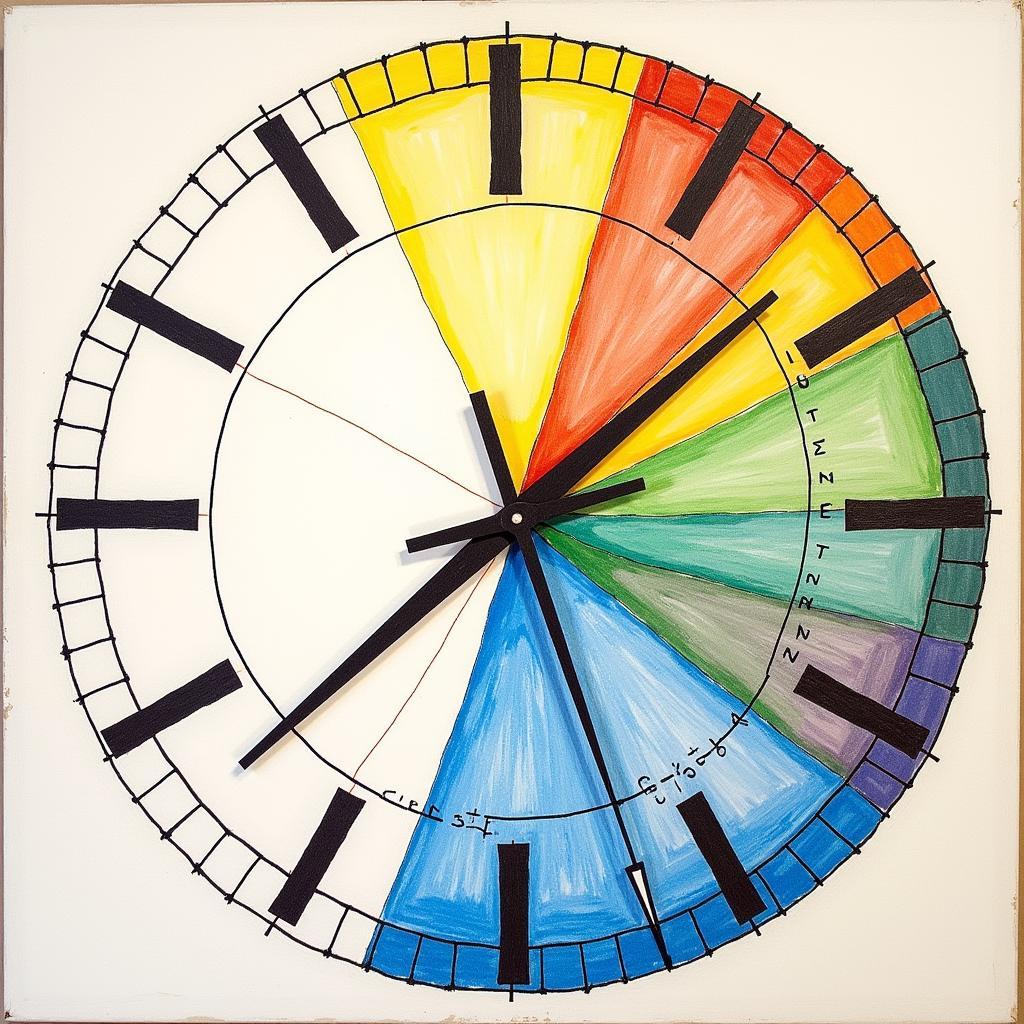Breath the New Science of a Lost Art Review
Breath: The New Science of a Lost Art has taken the wellness world by storm, sparking countless conversations and inspiring a renewed focus on the often-overlooked act of breathing. This review delves into the core principles of the book, exploring its impact and examining the science behind its claims. We’ll analyze the potential benefits of conscious breathing and discuss whether this book lives up to the hype surrounding “Breath The New Science Of A Lost Art Review”.
Rediscovering the Power of Breath: A Breath the New Science of a Lost Art Review
James Nestor’s compelling narrative in Breath: The New Science of a Lost Art takes readers on a journey through the history and science of breathing. He highlights how modern lifestyles, from processed foods to mouth breathing, have negatively impacted our respiratory health. Nestor argues that by simply changing how we breathe, we can dramatically improve our physical and mental well-being. He explores various breathing techniques, from ancient practices to modern scientific approaches, providing a comprehensive overview of this often-underappreciated bodily function. The book challenges conventional wisdom and encourages readers to rethink their relationship with breath. This breath the new science of a lost art review will explore those claims further.
Did you know that most of us are breathing incorrectly? This simple oversight, according to Nestor, contributes to a host of health issues. He presents a convincing argument for the importance of nasal breathing, explaining its role in filtering, warming, and humidifying the air we inhale. He also delves into the fascinating connection between breathing and the autonomic nervous system, illustrating how conscious breathing can influence our stress response and overall health.
 Nasal Breathing Benefits According to Breath: The New Science of a Lost Art
Nasal Breathing Benefits According to Breath: The New Science of a Lost Art
The Science Behind the Breath: Exploring the Claims
Nestor doesn’t just rely on anecdotal evidence; he backs up his claims with scientific research and interviews with leading pulmonologists, researchers, and breathing practitioners. He delves into the physiological mechanisms behind various breathing techniques and explores their potential benefits for conditions like sleep apnea, asthma, and anxiety. While some of his claims might seem extraordinary, he presents a compelling case for the transformative power of conscious breathing. This breath the new science of a lost art review explores these findings.
One of the key takeaways from the book is the importance of slow, controlled breathing. Nestor explains how this type of breathing can activate the parasympathetic nervous system, promoting relaxation and reducing stress. He also discusses the benefits of breathwork practices like pranayama and the Wim Hof Method, highlighting their potential to improve respiratory function and enhance overall well-being.
Is Breath: The New Science of a Lost Art Worth Reading? A Critical Look
While Breath offers valuable insights into the science of breathing and provides practical techniques for improving respiratory health, some critics have questioned the validity of certain claims. It’s important to approach the book with a critical eye and consult with a healthcare professional before making any significant changes to your breathing habits. This breath the new science of a lost art review aims to provide a balanced perspective.
However, even with some skepticism, the book undeniably raises awareness about the importance of conscious breathing. It encourages readers to pay attention to their breath and explore the potential benefits of incorporating mindful breathing practices into their daily lives.
“Breath is more than just air in and out,” says Dr. Anya Sharma, a leading pulmonologist at the Respiratory Wellness Institute. “It’s a fundamental life force that we can harness to improve our physical and mental health.”
 Key Takeaways from Breath: The New Science of a Lost Art Review
Key Takeaways from Breath: The New Science of a Lost Art Review
Conclusion: Breathing New Life into an Ancient Practice
Breath: The New Science of a Lost Art offers a fascinating exploration of the often-overlooked power of breath. While some claims may require further scientific validation, the book provides valuable insights into the importance of conscious breathing and offers practical techniques for improving respiratory health. By understanding the science behind breath, we can unlock its potential to enhance our overall well-being. This breath the new science of a lost art review encourages readers to explore the transformative power of their own breath.
FAQ
-
What is the main argument of Breath: The New Science of a Lost Art?
The book argues that modern lifestyles have negatively impacted our breathing and that by changing how we breathe, we can improve our health. -
What is nasal breathing and why is it important?
Nasal breathing involves inhaling and exhaling through the nose, which filters, warms, and humidifies the air. -
What are some of the breathing techniques discussed in the book?
The book covers various techniques, including slow controlled breathing, box breathing, alternate nostril breathing, and the Wim Hof Method. -
Is the book scientifically accurate?
The book presents scientific research, but it’s important to approach some claims with a critical eye. -
Who is the author of Breath: The New Science of a Lost Art?
James Nestor is the author. -
What is a good starting point for incorporating conscious breathing into my life?
Begin by practicing slow, deep breaths through your nose several times a day.
“Conscious breathing is not a quick fix,” adds renowned meditation teacher, David Chen, “but a lifelong journey of self-discovery and improved well-being.”
Check out our other articles on mindfulness and wellness practices on our website. For personalized guidance on improving your breathing, explore our Online Art workshops focused on breathwork and meditation.
When you need assistance, please contact Phone Number: 02462573573, Email: [email protected] Or visit: Savico Megamall, 7-9 Đ. Nguyễn Văn Linh, Gia Thụy, Long Biên, Hà Nội 10000, Việt Nam. We have a 24/7 customer service team.



